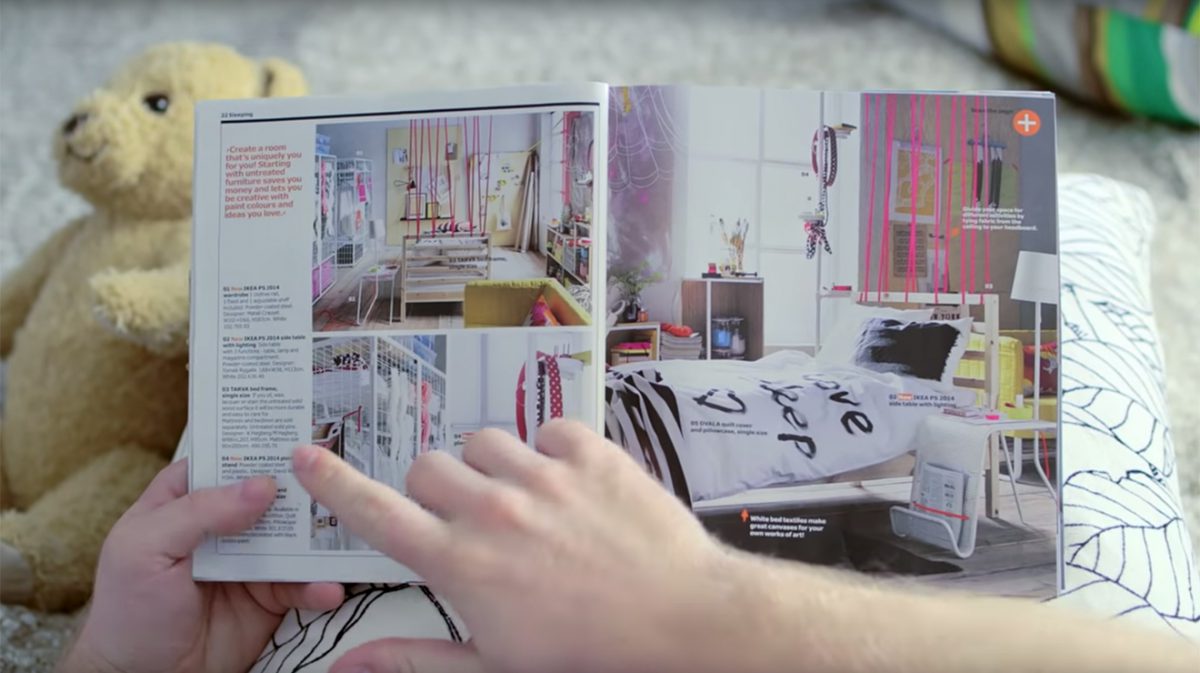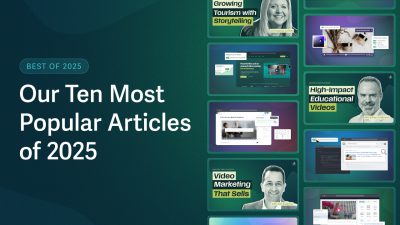When it comes to marketing, video enables brands to come to life like never before. But, how do you get people to watch, and more importantly, remember your brand message? In this post, we break down how to strike a balance between promoting your brand, and creating engaging, memorable content that will resonate with your audience long after the video has finished playing.
Show your audience how your brand can change their lives
Nobody likes being sold to. As a videographer, your aim is not to sell, rather it is to show viewers that your brand will enrich their lives.
One of the best ways to do this is to appeal to their emotions. For a powerful example of this (no really, grab a tissue!), watch Google Earth’s Homeward Bound video:
Showing Google Earth being used to trace the protagonist’s roots after a painful separation is undoubtedly effective. Rather than focusing on the technical aspects of Google Earth’s functionality, this video has positioned it in the viewer’s mind as a tool that can enrich their life.
Embrace what your brand stands for
It’s always easier to market your brand when it taps into the zeitgeist – the audience is already primed to be more receptive. But what if the product or service your video is promoting doesn’t fit into what’s currently considered cool or popular? In a tech-obsessed world where most of us turn first to the internet when we want to buy something, Ikea boldly promoted their catalogue using this Bookbook video:
By poking fun at our love of technology, the video reminds us of that time not so long ago when we eagerly pounced on the new Sears catalogue. Ikea’s furniture isn’t particularly high tech, and neither are catalogues, but that’s not why we use them. A video that is honest about what its brand stands for will strike an authentic chord with viewers, especially compared to one that tries to be something it is not.
Don’t leave your audience confused
Good videos are remembered for two things: content and brand. While you don’t want your audience to become bored by references to your brand, you do want them to remember it, and for the right reasons.
Adidas aren’t afraid to show off their infamous stripes in their video campaigns. They have hit on a winning formula – working with talented sportspeople who demonstrate their abilities while modeling the brand’s clothing or using their equipment.
At the time of writing, the brand’s video “Here’s to the Takers” (above) has been viewed 32.6 million times on YouTube. In just seven days (February 13 to February 21, 2015), their “Take It” campaign accumulated an impressive 21.9 million views and more than 2,800 Facebook shares.
You might not have access to world-renowned sports stars, but you can learn a valuable lesson from Adidas: don’t be afraid to make your brand a visible part of the story you tell.
Give your audience what they need
Way before we all became technophiles, one of the most popular uses for video was for training purposes. Today, video is still an ideal medium to demonstrate the uses of a product; the only difference is that now we have more platforms to distribute our work and encourage audience engagement. See how Facebook used their Helpful Tips series:
By understanding their users’ needs and showing them how their service can help achieve them, Facebook’s Helpful Tips video series shows their audience what they’re all about.
When you get it right, send it to influencers
Let’s look back to the most recent Star Wars movie. Fan-based content was one of the most successful (and prolific) sources of marketing for the brand. Just look at the views on the Bad Lip Reading video (almost 11 million at the time of writing). Not bad for free publicity!
When someone else notices your video, you’ve done your job right. Engagement doesn’t come from having the latest videocamera or having a huge budget. It comes from tapping into trending sentiments in a unique or hilarious way. That’s what will make social media influencers sit up and take notice of your video.
We hope you’ve enjoyed watching our examples of great brand messaging! Do you think we’ve left any out? Let us know, and share what you learned, in the comments below!








